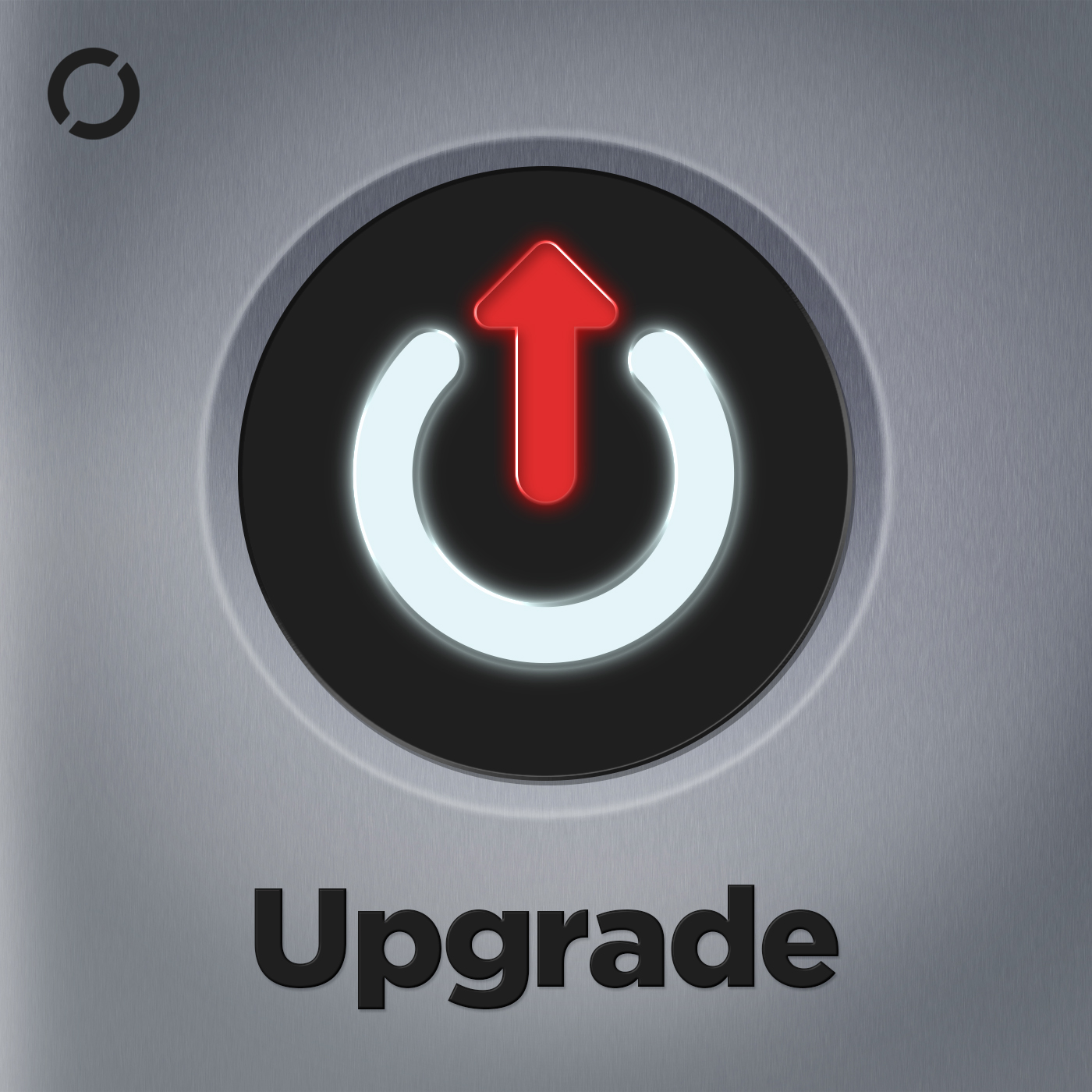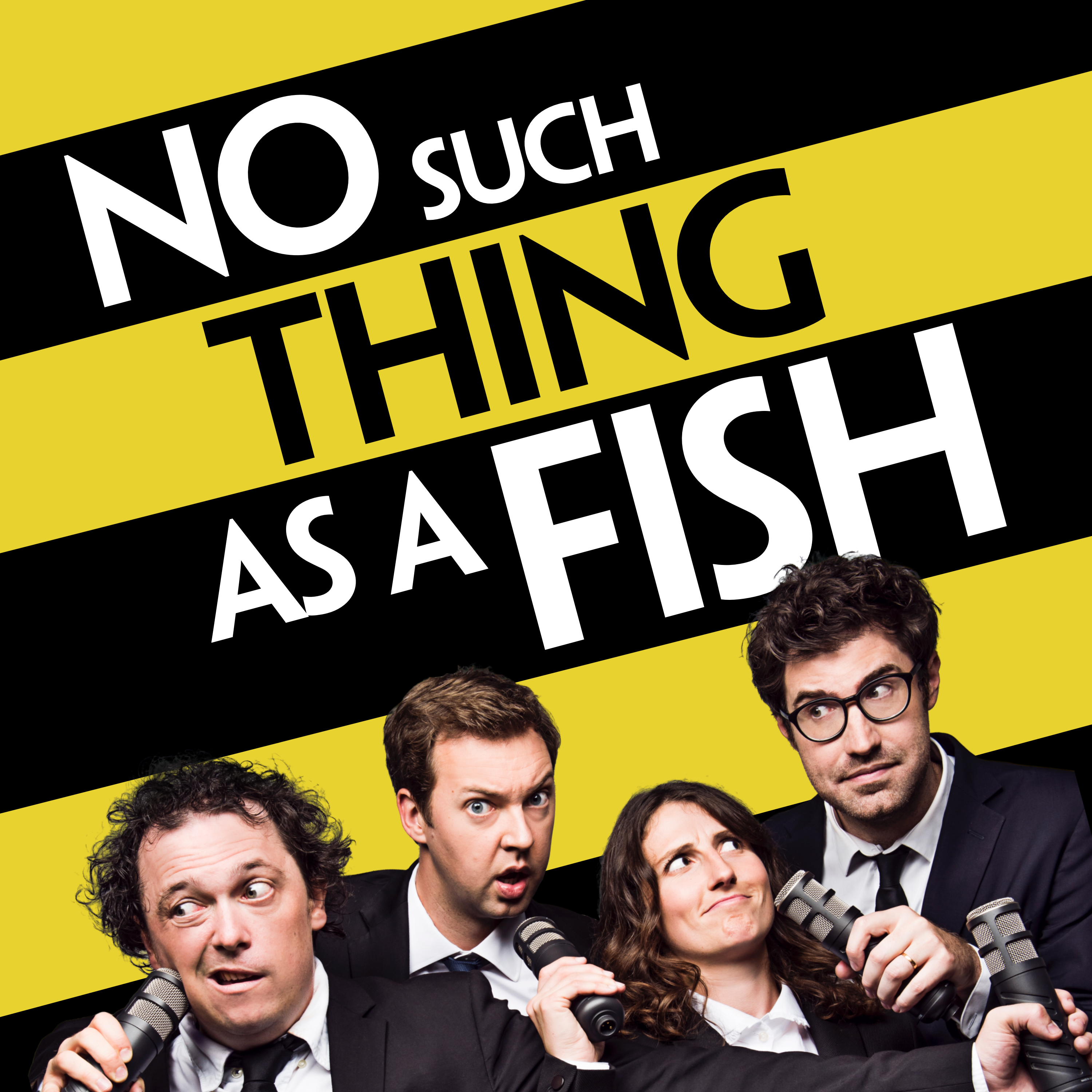
Piano, finally
Piano Finally is a podcast by an old bloke who is learning the piano, finally. I cover the process of learning the piano and music theory as an adult learner. I also review piano books, hardware and other materials from an adult learner's perspective.
Piano, finally
Episode 40 - External Memory
Welcome
Welcome to episode 40 of Piano, Finally! If you're new here, I hope you enjoy the show. If you’re a returning listener, thanks for coming back! If you're learning piano or another instrument, I'd love to hear how you're going—drop me an email at david@pianofinally.show.
This week, I prepared part of this episode at the Sydney Opera House before attending Bell Shakespeare’s Henry V. It’s one of my favorite Shakespeare history plays, and this production was excellent.
YouTube Spotlight: Jameson Nathan Jones
Jameson Nathan Jones is a composer and performer with a unique approach to music composition. His YouTube channel stands out with video titles like Key Signatures Aren’t Prisons and Music Theory that Composers Actually Use. His training in classical piano and organ makes his teaching particularly relevant. If you're interested in composing as well as playing, his channel is worth checking out: Jameson Nathan Jones.
Essay – External Memory
Balancing learning the piano with a busy life means finding ways to stay organized. This week, I focused on improving my practice efficiency. My system includes:
- A leather briefcase with printed scores and backup reading glasses
- An iPad with Newzik for digital scores (though I often forget to charge it!)
- A big hardcover notebook where my teacher, Devi, writes key practice points
Taking notes during and after practice has helped make my sessions more productive and given me a clearer sense of progress. Keeping track of improvements is a great way to stay motivated, especially when frustration strikes (like hitting unintended black keys!).
Review – AMEB Piano for Leisure
I’ve been looking for repertoire to challenge myself, and while browsing a music store, I came across the AMEB Piano for Leisure series. Unlike the traditional classical syllabus, Piano for Leisure offers a more varied selection of pieces but maintains the same technical requirements.
I picked up the Series 1, First Grade book, which includes 11 diverse pieces—from boogie woogie to Mozart. The structured difficulty makes it a great choice for learners. If you’re considering it, you can preview the pieces online: AMEB Piano for Leisure.
I also found complete YouTube playlists for these books, making it easy to hear how the pieces should sound: AMEB Repertoire.
Closing
By the way, Henry V was a fantastic production—if you get the chance to see it, I highly recommend it.
Progress Update
This week, I focused on refining my articulation in Baga
You can contact me:
- via email at david@pianofinally.show; this is probably the best option
- the show website, www.pianofinally.show
- Instagram and Threads @pianofinally
- and on YouTube
- all the podcast directories - list
- here's the RSS feed
Some of the links to books and other items mentioned in the podcast are affiliate links for Amazon or other providers. If you use one of these links, a commission may be paid to me at no additional cost to you. Thank you if you use a link.
All reviews of products, websites and services are unpaid, and no sponsorship has been received for any content on this podcast.
Episode 40 – External Memory
G’day, everyone. I’m David Reidy; welcome to Piano, finally, a podcast by an old bloke who is getting around to learning the piano, finally.
[Crab Canon]
Welcome
Welcome to show forty. Thank you very much for being here. If this is your first time hearing the podcast, I hope you enjoy the episode. If you’ve come back for more, then thanks. If you’re also learning the piano or another musical instrument, let me know how you’re going with it. You can contact me at david@pianofinally.show.
Once again this week I’m preparing this part of the episode at the Sydney Opera House, not a concert this time, but the Bell Shakespeare Company’s production of Henry V. It’s probably my favourite Shakespeare history play, and it will be interesting to see this production’s take on it.
As announced last week, the Chopin Podcast has returned with its second season, this week Ben Laude, Garrick Ohlssohn and others look at Chopin’s waltzes, which apparently were never written to be danced to, seems a bit of a waste. There’s a link in the show notes: https://www.youtube.com/channel/UCnSFlVqRyNfIJDsmpkcY57w/community?lb=UgkxxsHi2WRsEjM6Mf_J92xlJiuSif_68KKs
The ABRSM’s Start Here podcast has released its third new episode, looking at Emo music, not a genre I was ever into. Link: https://shows.acast.com/abrsm-start-here/episodes/season-2-episode-3-emo
[Crab Canon]
YouTube - Jameson Nathan Jones
Jameson Nathan Jones is a composer and performer who has a YouTube channel that examines aspects of composition from a point of view different from many of the other composition channels I have watched. That is fairly obvious from the titles of the channel’s videos, such as Key Signatures aren’t Prisons or Music Theory that Composers Actually Use.
Mr Jones composes electronic and neo-classical music, but he is classically trained in piano and organ, so his teaching is grounded in the music theory that I have learned for the piano. His videos do expect you to have some basic understanding of music theory, the circle of fifths, chord construction and similar.
Although there is a large amount of material for free on the YouTube channel directly, Jameson also has a number of paid courses and free resources. I have signed up for his composition and harmony courses. Although he is using electronic instruments, the material he has covered so far is firmly grounded in the practices around counterpoint—the same counterpoint that Bach used. It’s nicely classical, and although I am not far into it yet, I am enjoying the course.
If, like me, you’re interested in making your own music as well as playing others’ works, then Jameson Nathan Jones’ YouTube channel is sure to have something to interest you.
Link: https://www.youtube.com/@JamesonNathanJones
[Crab Canon]
Essay – External memory
There is that saying that if you want something done, you should ask a busy person, and I would suspect that we are all pretty busy people. If you’ve chosen to learn the piano, then there is another block of time in your week where you will be occupied. I find that the way I handle being busy is to put off those things that either aren’t too urgent, or which are “nice to haves” rather than necessities.
One of those “nice-to-have”s has been getting my practice routine better organised. Not so much the routine itself, but all the work that needs to go into making the practice as efficient as possible. After all, if I’m going to set aside three to four hours each week for a lesson and practice, I want to make sure I get the maximum benefit.
Here’s how it has been working. I have a nice leather briefcase that holds all my printed music and a cheap pair of reading glasses in case I forget my good pair. It also has the iPad I have for Newzik, the music score application I am using. Why do I have both the printed score and the iPad, well, I keep pulling the iPad out of the bag to find it has gone flat. It’s not the iPad’s fault though, it still has really good battery life, the problem is that you don’t have to turn a printed score off.
The Kawai has a nice big music stand, so when I use my printed scores, I can leave them on the piano, ready for the next practice session. I do the same when I use the iPad. It’s not the iPad I use for work, so I can just leave it on the piano. But Newzik turns off the automatic sleep mode on the iPad, after all, you don’t want the screen suddenly going blank in the middle of a performance. So the number of times I have finished practising and left the iPad on, on the piano is embarrassingly large.
Normally I’ll notice that I’ve done it again as I’m packing my bag to go to my piano lesson, and an uncharged iPad is not much use - hence the printed scores already being in my bag. Having remembered to have at least one copy of my practice scores with me, I’m ready for my lesson.
My lessons are forty-five minutes long, they usually consist of a bit of talk about music topics, and me playing through the pieces I’m working on, with Devi making suggestions about what I need to work on. I’m usually working on three or four pieces, and do you think I can remember all the points I’m meant to be concentrating on? No, I’ll remember the big points, but not the more subtle ones, like exactly where I was forgetting to lift my hands, or where the crochet I was playing as a quaver was.
So I’ve got a big hardcover notebook, and Devi writes down what I’m meant to practice in particular. This week it has worked really well. I gave the piece that is just meant to be getting faster, the Spinder Canon, a couple of plays through, just to keep in practice, then moved on. There was one spot in the Bagatelle that needed work, a few more spots in Afternoon Snooze, and which bars in Blackout Blues to add on. I felt that I made much better use of my practice time and it’s unlikely that I’ve missed anything important. Though I am saying this the day before my next lesson, so I may have a different opinion tomorrow night.
I think I’m going to start making notes about each practice session along with the notes Devi has made, that way when she asks me how practice has gone in the previous week, I’ll be able to give a more comprehensive answer than “Ok, mostly”. Also, if I make notes, it will serve as a reminder of the progress I’ve made, and that’s always encouraging.
Being able to look back on how much you have improved is a great antidote to those feelings you get when for the fourth time you have forgotten the sharp, or managed to get your finger in exactly the wrong position when playing a D close to the top of the key and you collect the two black keys as well.
[Crab Canon]
Review - AMEB Piano for Leisure
I have been looking around for the next lot of music to start to move up a level in my playing, and I happened to find myself in a music store, funny how that happens. As with most reasonably sized Australian music stores, this one had a wide range of the AMEB publications, for piano and other instruments. They had the books arranged into grades, so I started looking through the grade one collections.
I already have the Series 18 Grade 1 Classical book, which has some of the current repertoire for the AMEB classical examinations, so I kept looking and found the books for their Piano for Leisure program.
The piano for leisure program runs parallel to the more traditional classical program, with the main difference being the repertoire. Both the classical and the for leisure programs use exactly the same technical workbooks and the same range of scales and skills. Additionally, AMEB only offers the for leisure program for piano, singing and saxophone.
The repertoire books for Piano for Leisure are published in four series. The series one books have a copyright date of 2001 and the series three books were published in 2010. I have the series one First Grade book. The book contains eleven pieces, ten of which fit onto a single page. The genres are diverse, with a boogie woogie piece as the first and a baroque piece finishing the collection. Along the way there are arrangements of a Mozart aria, traditional songs and some contemporary composers.
As the books and program are primarily designed for learners, the difficulty of the pieces is carefully graded, and this is one of the things that I looked at when checking out the books. The preliminary level book’s music is written mostly in crochets and quavers (quarter and eighth notes). There are many simple dynamics markings, staccato, and legato markings. The tempi are roughly around 120.
In the grade one book, the tempi remain about the same, but the music is more complex with many more three and four note chords, more eighth-note passages and a more challenging range of pieces. Looking at them from a learner's point of view, I don’t think that any of them would be beyond me, but I am certain that they will all require considerably more work than the preparatory level pieces I am currently playing.
With more than forty pieces of music across the four series of books for each level, there are multiple pieces that would appeal to almost any learning piano player’s tastes. Additionally, because the AMEB exams are so widely used in Australia, it is very easy to find playing examples of all the pieces. I went to YouTube and found complete collections of all the pieces, nicely arranged to match the books, making it very easy to judge which pieces are for you. There is a link in the show notes to one of the collections.
https://www.youtube.com/channel/UCKtQ301GhcPYosj5QjJa8iA
Making a selection of which piece to begin with was pretty simple for me, The Series One, First Grade book contains an arrangement of Mozart’s Der Vogelfänger bin ich ja from The Magic Flute, one of the first operas I saw when I was at University, and one of my favourites. I spent some time earlier today moving it into Newzik, so it’s ready to go on the iPad.
The AMEB lists the repertoire of each of the books in the series, so you can make an informed choice, especially when combined with the playing examples. You can get the books at most Australian music stores, and directly from AMEB, there’s a link in the show notes.
https://www.ameb.edu.au/shop/music/keyboard/piano?search=PIANO+FOR+LEISURE
[Crab Canon]
Closing
I was listening to a podcast about podcasting, and they said that you shouldn’t say that you’re about to finish, so I’m not going to say “Well, that’s it for this week”. What I will say is that if you’d like to contact me, email is the best way. You’ll find me at david@pianofinally.show and the website at www.pianofinally.show. In both cases, pianofinally is all one word. The show is also on Instagram and available as audio-only on YouTube. You can subscribe via any popular iOS or Android podcast application or from directories such as Apple Podcasts, Spotify, or YouTube. I also post an excerpt and link for each episode as an Instagram reel.
If you’re learning an instrument, let me know where you are in your journey. What’s going well, and what are the challenges?
The Bell Shakespeare production of Henry V I was at yesterday was excellent. It was inventively staged with just ten cast members covering the roles, with some cuts to the script, removing Falstaff, but keeping the traitors and war crimes scenes removed from some versions. If you get a chance to see it in Sydney or when it is touring, make sure you do; it is two hours of great theatre.
And so, until the next episode, I hope your piano stays in tune and you enjoy your time at the keys.
[Crab Canon]
Progress
Based on my new found organisation for my practice, I have been working in more detail on specific parts of pieces rather than on the whole piece. I’ll still include the Turk Bagatelle in F and the Andrew Craggs’ Afternoon Snooze. In both of them, I have been working on some of the articulations, mostly remembering to do them properly. The last piece is the Craggs’ Blackout Blues, just the first eight bars, four more to go.
All the pieces were played using the Kawai NV10 as the keyboard and Pianoteq 8 running on the M4 Pro Mac mini emulating the Siguru Kawai SK-EX in classical recording mode.
[Practice pieces]










